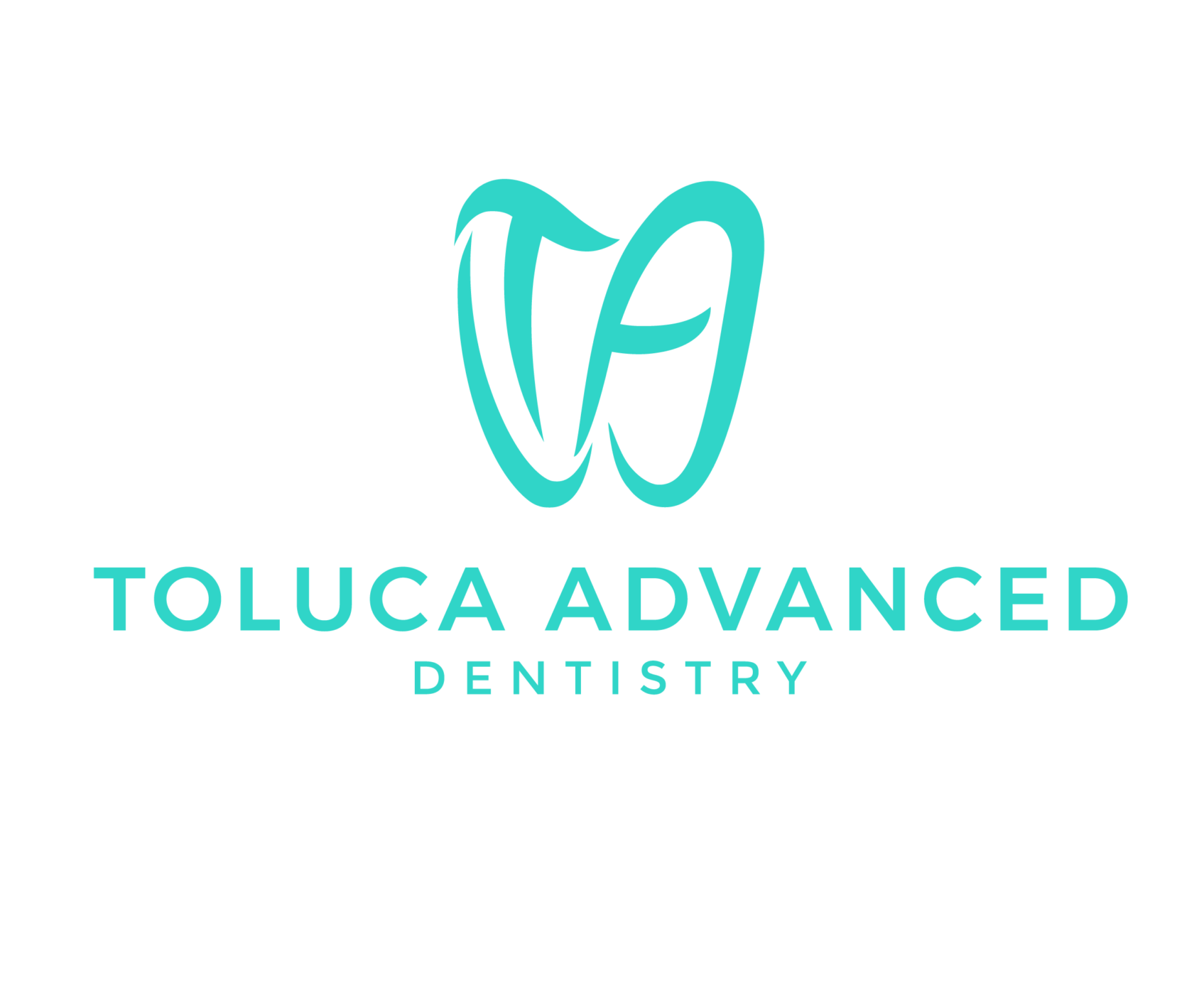It may seem that famous actors always have pearly white teeth, but most people’s smiles do not show teeth that white. A number of different factors may affect the color of your teeth and give them a yellowish tinge. In most cases, the causes of tooth discoloration can be divided into internal and external categories.
Exterior paint sits on the enamel, the hard part that forms the outermost layer of the tooth. These colors usually come from the foods you eat. Not surprisingly, dark-colored foods and beverages – including coffee, black tea, cola drinks, dark sauces, and a variety of fruits such as grapes, blueberries, and pomegranates – have the most impact on teeth coloring. These substances contain large amounts of chromogen or pigment producers.
Acidic foods and beverages can worsen the condition by destroying tooth enamel and making it easier for the color to stick to teeth. Tannin, a bitter compound found in tea, also helps color adhere to teeth.
In addition, smoking and chewing tobacco are known factors in the external staining of teeth, as well as poor dental hygiene that leads to the accumulation of dental plaque.
Internal staining occurs inside the tooth when various factors alter the light-emitting properties of the enamel and dentin beneath it.
There are several medications that can cause internal staining. If children take tetracycline and doxycycline antibiotics while their teeth are growing (before the age of 8), their teeth may turn yellowish-brown.
In adulthood, chlorhexidine, a strong mouthwash used by a doctor to treat gingivitis (inflammation of the gums), may cause discoloration of the teeth. Minocycline, a tetracycline-derived anti-acne drug, also causes teeth to discolor. Even common medications such as antihistamines and antihypertensive drugs can sometimes cause teeth to turn yellow.
Overuse of fluoride and chemotherapy for head and neck cancers can also lead to tooth internal staining.
In addition to external and internal staining of teeth, two other factors are effective in yellowing teeth: genetics and aging.
Your teeth, like the look of your face or the color of your eyes, may be yellower (or whiter) than other people’s teeth. Part of this difference depends on the thickness of your enamel, which is translucent. This way, if you have thin enamel, the natural color of the dentin under the enamel will show itself more.
As a result, as your enamel gets thinner with age, your teeth will look yellower.
Avoiding foods and beverages that cause discoloration or yellowing of your teeth is one of the first things you should do to whiten your teeth. Foods and beverages such as wine and tea can stain teeth. Coffee, soft drinks, and dark juices can also stain them.
People who are concerned about the color of their teeth should avoid excessive consumption of citrus fruits, coffee and soft drinks. On the other hand, you should always brush your teeth after consuming these foods and beverages.
Dentists recommend that you brush your teeth up to 30 minutes after eating. Because immediately after eating, the activity of bacteria and germs in your mouth begins. Which can acidify the oral environment and damage tooth tissue.
Quitting smoking can reduce the risk of nicotine stains on teeth. It can also prevent tooth decay and gum disease, both of which can damage tooth enamel and cause oral health problems.



